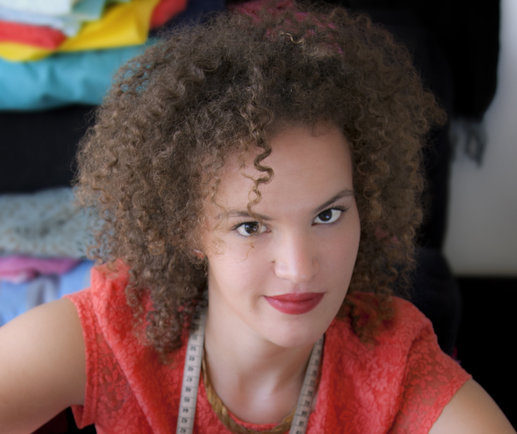
This article originates from Women In 3D Printing and is part of our effort to support the use of 3D printing technology by women. The article is re-published with permission.
Corinne Whitaker has been a pioneer in digital imaging. In 1994 she set up the Digital Giraffe, a monthly online art journal which she edits, publishes, programs, and designs. Her works have been exhibited all over the world, in more than 300 group and solo shows.
If you are located in the Bay Area, some of her pieces will actually be featured at Stanford University from Sept. 19 – Nov. 19! More information below this article and in the blog’s agenda!
Corinne, you have been working in digital imaging for more than 34 years. What is your perspective on digital creation?
Corinne: The initial challenge was, and still is, how to actualize sculpture created on the computer. Years of digitally designing CAD models left me itching to produce sculptures that I could physically touch.
I have been working digitally for roughly 35 years, and the goal from the start was to work in 3D. In those early days, Mac Computers did not have either multi tasking or parallel processing, so, for example, one early piece that I tried to render took 48 hours, all of it down time, and then the Mac froze at the finish and I had nothing. That of course is not true of Mac’s today, but it is what drove me to the PC at the time.
What and when was your first experience with 3D Printing?
Corinne: I first tried 3D printing about 9 years ago. We were producing tiny prototypes then, similar in size to what the desktop 3D printers will output today. Once I had the prototype, I could go the traditional route to making/carving/molding sculpture. The promise, and the joy, of the new 3D printers is that we can move from computer to computer, at least theoretically. Due to the complexities of the software, some human intervention is still required, but we are making progress.
What do you think of the 3D printing industry today? How would like to see this industry evolve in the future?
Corinne: The technology is really in its infancy. We are just learning what it can do, and are still limited in terms of the materials that can be used. But the future is extremely bright. I think that solutions to many problems are suddenly possible with 3D printing: think only of biomedical procedures and manufacturing short cuts. Cost savings, shortened time, educational opportunities, artificial limbs, housing, just to mention a few, will benefit hugely from this technology. I am extremely optimistic about the future and what it will bring.
Do you have any thoughts on how we could have more women involved with 3D Printing?
Corinne: Why are there so few women in the field? For one thing, we need to encourage more women to go into coding, into computer science, into engineering. Right now most of the people who output my work are mechanical engineers, overwhelmingly male. There is no reason why women can’t fill these jobs, and it is important that we encourage them to do so. We need to start at the elementary school level, to convince women that they can and should go into computer science and engineering.
Thank you Corinne for your time and your involvement with Women in 3D Printing!
If you’re interested in learning more about Corinne, check her website, The Digital Giraffe. You should also check her catalog of CAD models available for sale on Amazon.
And don’t forget to join the Women in 3D Printing group on LinkedIn, click here to join!

California-based Nora Toure is the woman behind “Women in 3D Printing”, a group dedicated to promoting and showcasing the use of 3D printing for women. She’s also a Sales Manager at 3D print -on-demand service Sculpteo.

